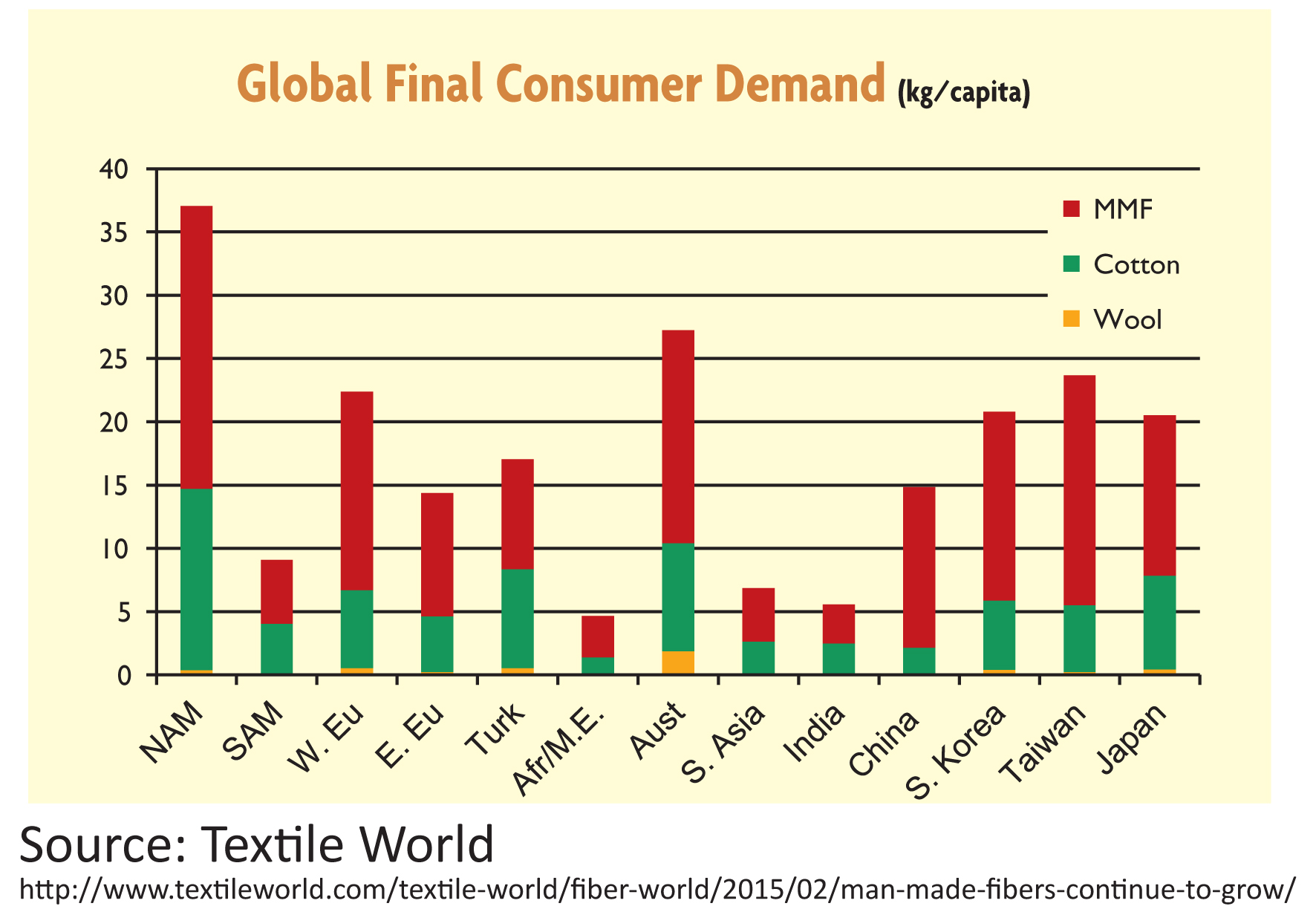
The numbers on textile waste Textile Beat
The Environmental Impact. The environmental effects of polyester's dominance over the clothing industry are varied. For one, polyester requires a large amount of energy to produce. In 2015.
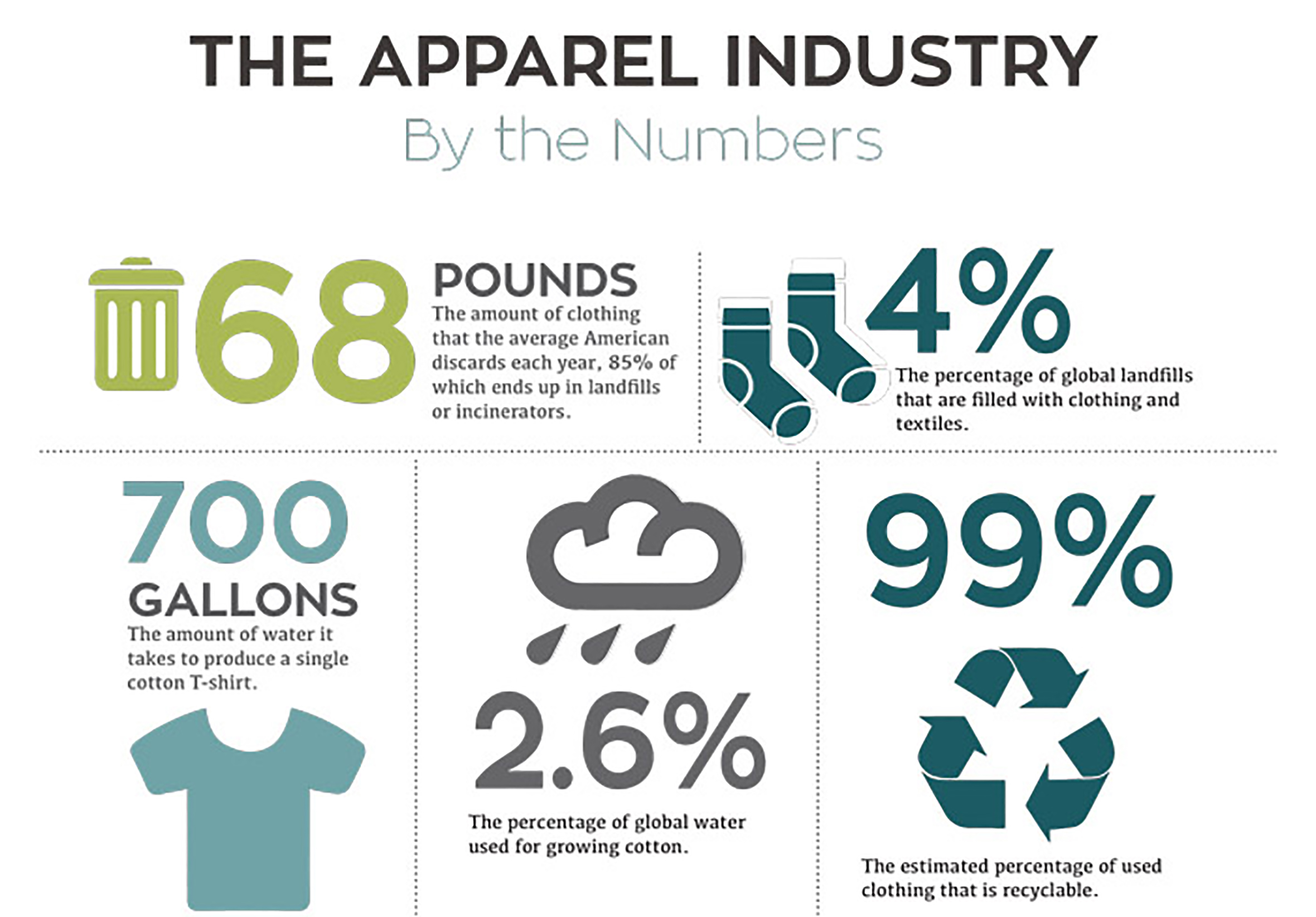
Are Latest Fashion Trends Killing the Mirror News
Lily Bowers/Reuters. Fast fashion makes shopping for clothes more affordable, but it comes at an environmental cost. The fashion industry produces 10% of all humanity's carbon emissions, is the.

The impact of textile production and waste on the environment (infographic) News European
The fashion industry overproduces products by about 30-40% each season, contributes roughly 10% of all global carbon emissions and is the world's second worst offender in terms of water and plastic pollution.. A lot of these textiles — about 60 percent of them — are not recyclable in the first place, which is why they end up in landfills or burned.

State of the clothing industry. (A) The dynamics of textiles waste... Download Scientific Diagram
The fashion industry is estimated to be responsible for 10% of global carbon emissions - more than international flights and maritime shipping combined. According to the European Environment Agency, textile purchases in the EU in 2020 generated about 270 kg of CO2 emissions per person. That means textile products consumed in the EU generated.
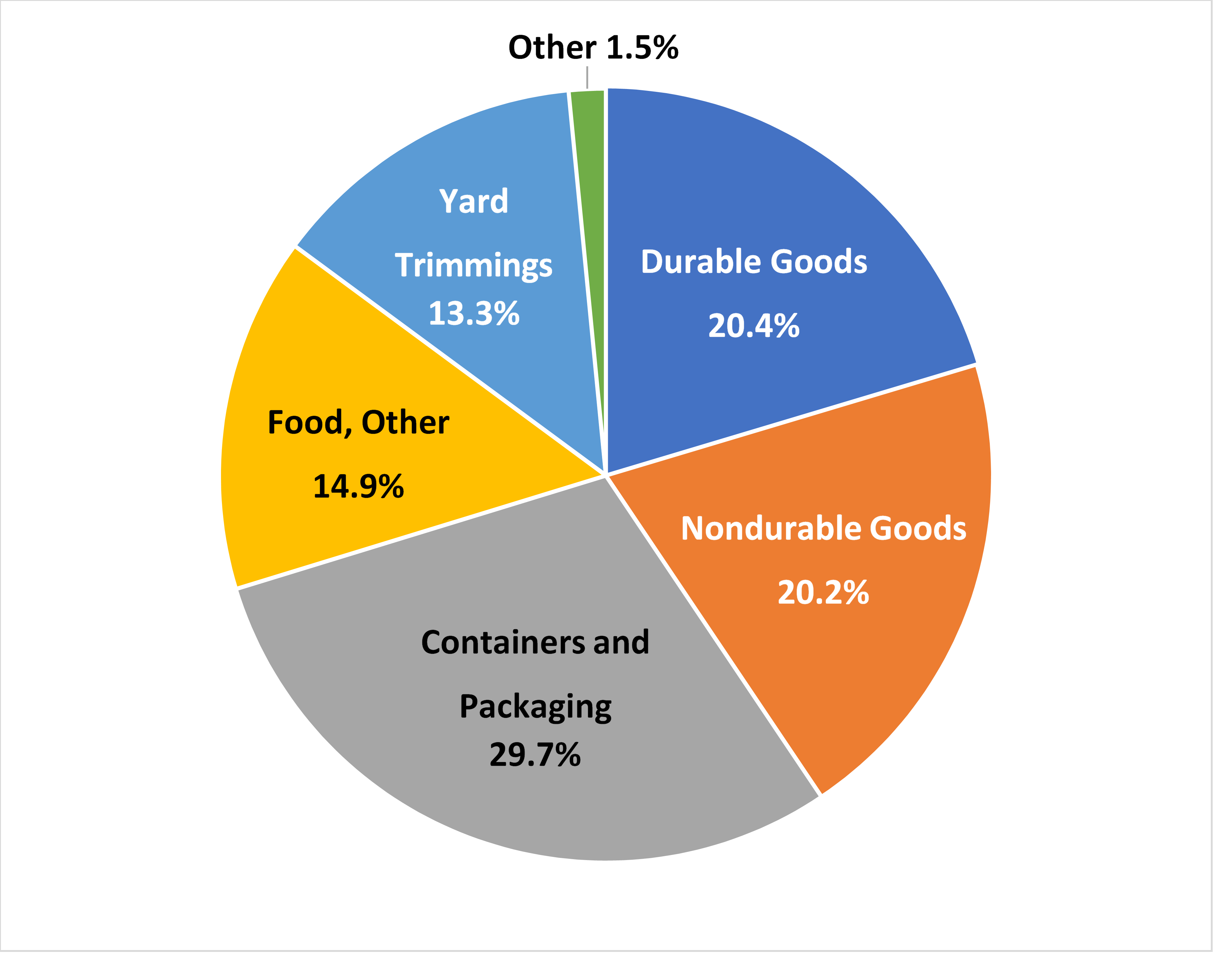
Trash in America
'It's the industry's dirty secret': why fashion's oversupply problem is an environmental disaster This article is more than 3 months old As many as 40% of clothes made each year - 60bn.

The First Ever Circular Textiles Business Matchmaking Showroom Tackling Waste Management
Vast amounts of water are also needed to produce the clothes we wear too and the fashion industry is responsible for 20% of global waste water. ( Read more about the impact our fashion addiction.

RGE aims to close loop on textile waste Materials & Production News News
The environmental costs of fast fashion. New season, new styles, buy more, buy cheap, move on, throw away: the pollution, waste, and emissions of fast fashion are fueling the triple planetary crisis. The annual Black Friday sales on 25 November are a reminder of the need to rethink what is bought, what is thrown away, and what it costs the planet.
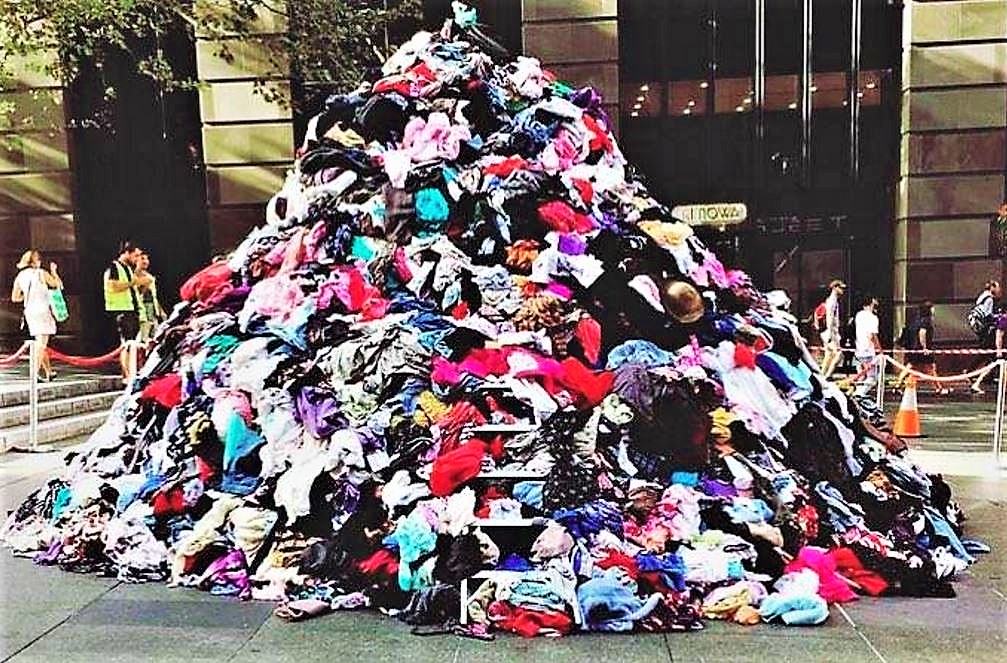
10+ The Economic Impact Of The Fashion Industry 2019 Pics WallsGround
At a time when our waste and our environmental impact is firmly under the spotlight, news in early July that fashion brand Burberry had burned almost £30m ($40m) of stock has caused outrage.

How food waste is being turned into fashion and cosmetics World Economic Forum
The fashion industry - from material sourcing, through supply chains to washing and waste - is estimated to be responsible for 8-10% of global carbon emissions, according to the UN, while.
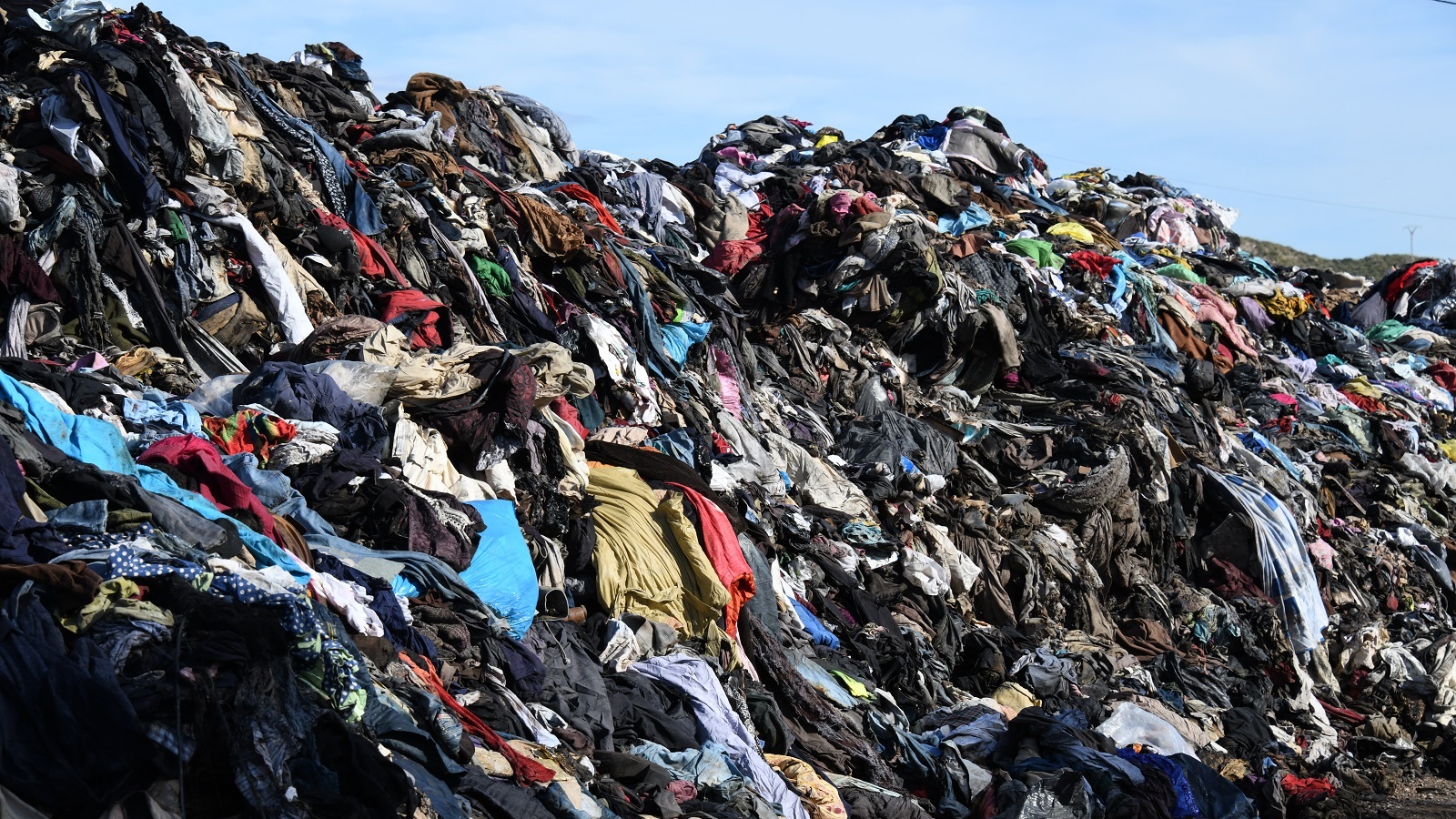
The Fashion Industry Waste Is Drastically Contributing To Climate Change
Take water. The fashion industry, one of the world's largest users of water, consumes anywhere from 20 trillion to 200 trillion litres every year. Then there are microplastics. Plastic fibres.

What can we do to prevent waste in the fashion industry? Sustainability from Japan Zenbird
It's estimated that 92m tons of textile waste is created annually by the fashion industry. It's also said that textile waste is to increase by around 60% between 2015 and 2030, with an additional 57m tons of waste being generated annually, reaching an annual total of 148m tons.
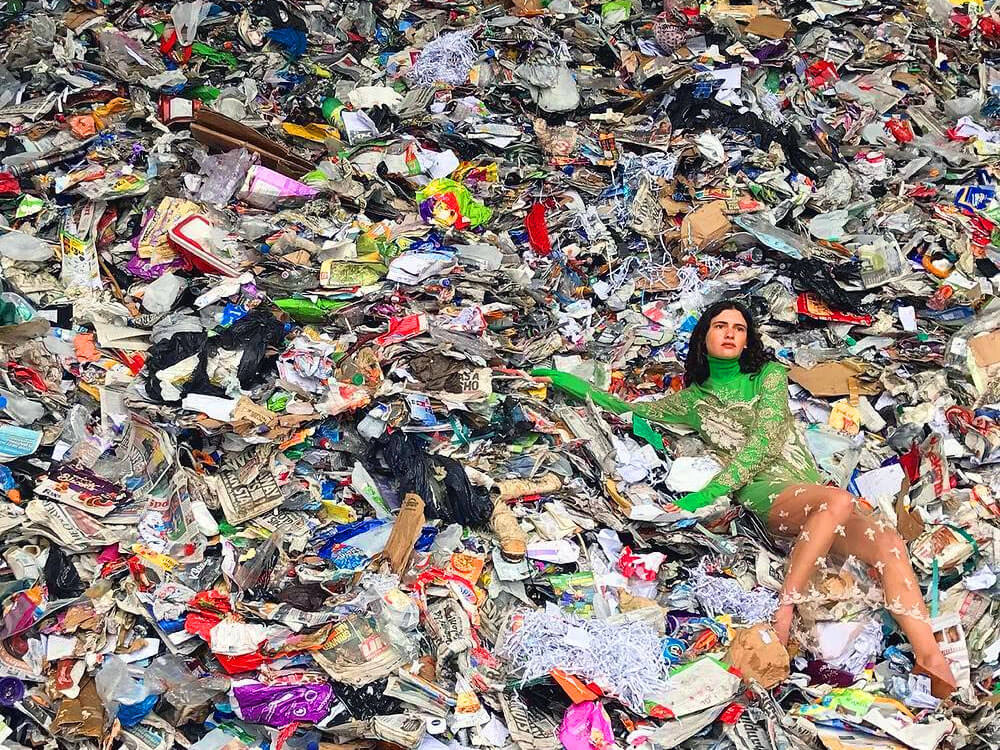
How to Implement the Waste Hierarchy Framework into the Fashion Industry and Our Own Closet in
The truth is that the fashion industry produces too many clothes. In the years it will take textile recyclers to build industrial-scale factories, hundreds of billions more garments will be made.

Textile waste
And global clothes sales could increase by up to 65% by 2030, the World Bank suggests. Most of fashion's environmental impact comes from the use of raw materials: cotton for the fashion industry.

Impactul producției și deșeurilor textile asupra mediului Actualitate Parlamentul European
To put things in perspective, this means that the equivalent of a rubbish truck full of clothes ends up on landfill sites every second. If the trend continues, the number of fast fashion waste is expected to soar up to 134 million tonnes a year by the end of the decade. 2. The apparel industry's global emissions will increase by 50% by 2030.
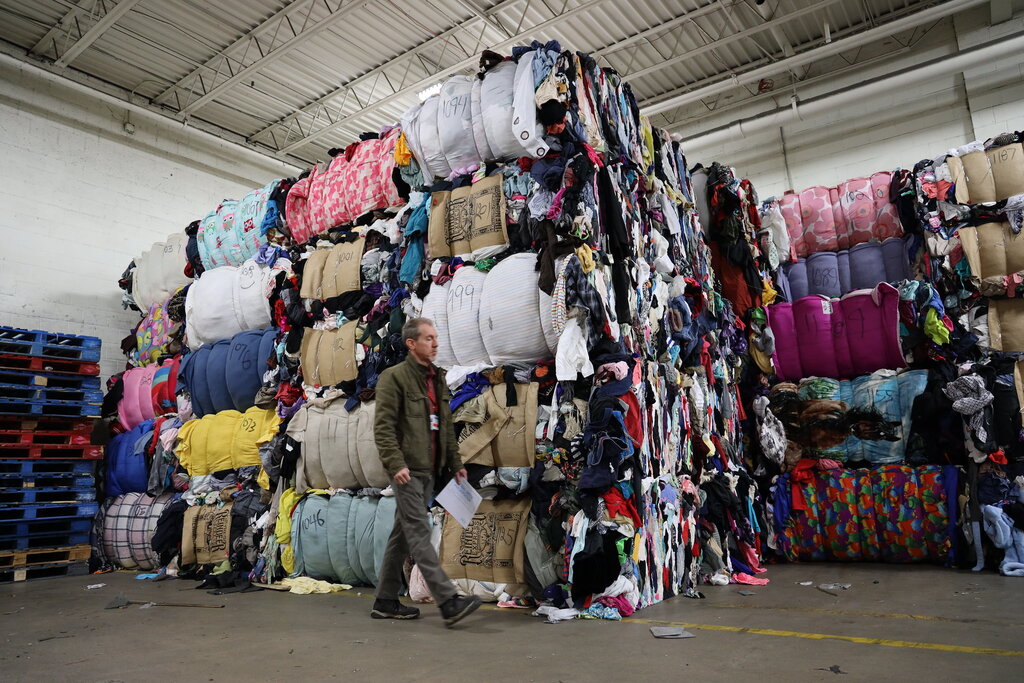
How Can the Fashion Industry Reduce Textile Waste?
An average consumer throws away 70 pounds (31.75 kilograms) of clothing per year. Globally we produce 13 million tons of textile waste each year 95% of which could be reused or recycled. In addition to all this, the fashion industry is one of the most polluting industries in the world. It is a major contributor to water pollution, plastic.

BLOG 2 Inequalities and Political Engagement Jessica's Blog
On average, people bought 60% more garments in 2014 than they did in 2000. Fashion production makes up 10% of humanity's carbon emissions, dries up water sources, and pollutes rivers and streams. What's more, 85% of all textiles go to the dump each year. And washing some types of clothes sends thousands of bits of plastic into the ocean.
- Que Tipografia Usar En Un Curriculum
- Best Blow Dryer For Bleached Hair
- 3d Arriba Abajo O Izquierda Derecha
- Conectar Telefono Pc Mi Suite
- Emergency 4 Osp Piecki Mod
- Best Tea Kettle With Temperature Control
- Donde Comprar Un Pino Natural
- Inglaterra Vs Holanda Online Tv
- Tarjeta Roja Directa Transmisiones Deportivas De Hoy Boxeo
- Cesta Ropa Sucia 60 X 50
